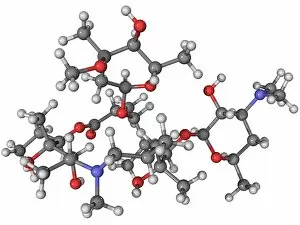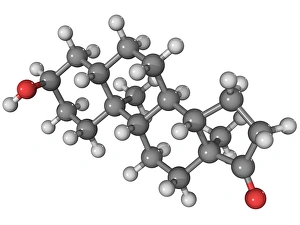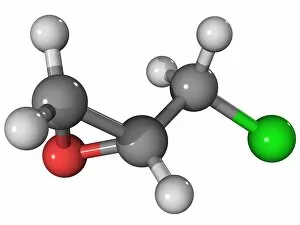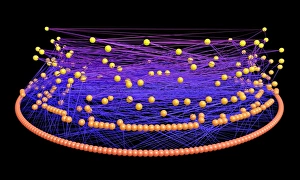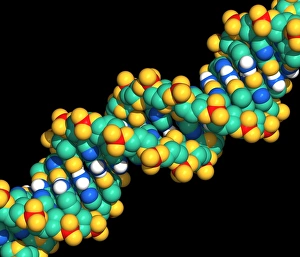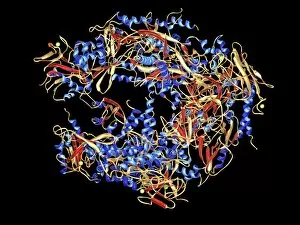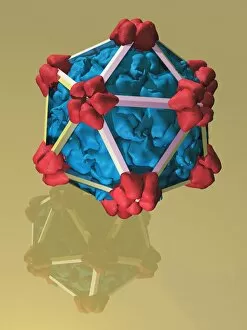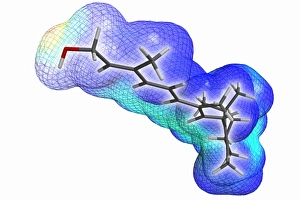Computer Model Collection (page 3)
"Unlocking the Secrets of Life: Exploring the Intricate World of Computer Models" In today's scientific realm
All Professionally Made to Order for Quick Shipping
"Unlocking the Secrets of Life: Exploring the Intricate World of Computer Models" In today's scientific realm, computer models serve as powerful tools to unravel the mysteries hidden within various molecules and biological structures. From the intricate double-stranded RNA molecule that plays a vital role in gene expression, to the Amitriptyline antidepressant molecule that offers hope for mental well-being, these virtual representations provide invaluable insights into their functions and interactions. Delving deeper into our immune system, we encounter captivating artwork depicting antibodies – guardians defending our bodies against invaders. These computer-generated masterpieces showcase their complex structure and highlight how they recognize foreign substances with remarkable precision. Zooming further into cellular machinery, we witness the bacterial ribosome at work – a molecular factory responsible for protein synthesis. Through computer modeling, scientists can decipher its mechanisms and explore potential targets for antibiotics. Shifting gears towards performance enhancement, we encounter creatine amino acid molecule – an essential component in muscle energy metabolism. By simulating its behavior within cells using advanced computational techniques, researchers gain valuable knowledge about athletic performance optimization. Venturing even deeper into quantum mechanics territory lies molecular orbitals - ethereal entities dictating chemical reactivity and bonding patterns. Computer models allow us to visualize these elusive phenomena and comprehend fundamental principles governing chemical reactions. Stepping away from human biology momentarily brings us face-to-face with praziquantel parasite drug - a potent weapon against parasitic infections plaguing millions worldwide. Virtual simulations enable scientists to fine-tune this life-saving medication while minimizing side effects on patients. Returning to our immune system's arsenal reveals another protagonist: interferon molecule - orchestrator of antiviral defense strategies within our body. By constructing detailed computer models of this guardian messenger protein, researchers uncover novel ways to combat viral infections effectively. Immunoglobulin G antibody molecules take center stage once again; their diverse shapes symbolize protection against countless pathogens encountered throughout life's journey.

